Supporting Work-Life Balance in a Hybrid Office

There is no doubt that working from home has helped many employees achieve an improved quality of life. Remote or hybrid work comes with the benefits of reduced or no commutes. More time can be spent with families, and mom or dad can make it to that early soccer game. Fewer distractions, increased comfort, more time for movement, and the list of benefits goes on. But among all these benefits, many workers are struggling to find a work-life balance. The days are longer, zoom fatigue is real and it is nearly impossible to separate work from home life. As many companies have chosen to continue with a hybrid workforce, the need to support work-life balance for your teams is a pressing issue. Research involving over 3000 office workers found that 37% of employees felt that their work during the pandemic was not recognized. Half of the remote workers feel under extreme pressure, and 70% of American workers overall feel burnout. With retention being a top priority for many companies, here are some strategies to help keep your hybrid office from being another statistic.
Set and Keep Boundaries
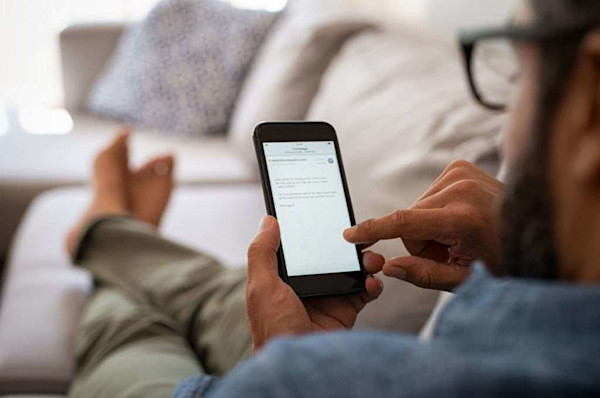
Let's start with the numbers. 76% of people check work emails during non-work hours. 43% check those emails every few hours outside of their 9-5 and 10% say they do it nearly constantly. This practice sets the expectation that you are available around the clock and once established is hard to break. This email habit has been shown to have a negative impact on an employee's health, sleep, and relationships.
Among all the benefits of remote work, many workers are struggling to find a work-life balance.
Support your employees by encouraging them to set strong work-life boundaries. Although the best time to establish these boundaries is at the employee's initial interview, it is never too late! Have a conversation about when you expect your team to be available, but the emphasis of these conversations is when you expect them to NOT to be available. Make it the norm to remove work email from phones and tablets and only keep these communications on the computer designated for work. As a leader, set the example by setting your own work-life boundaries.
Reevaluate Meetings
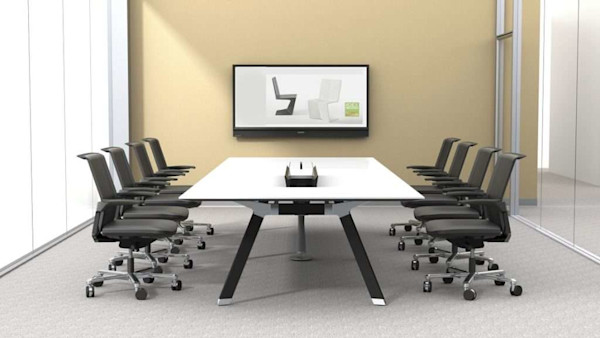
Meetings are a great way to bring the best and brightest together to align on company policies and initiatives, or to brainstorm big ideas. They drive innovation and help to ensure that your whole team is on the same page and that everyone gets a voice. But everyone and I mean everyone, has been a part of way too many meetings that could have been emails. Remote team members may feel this more than anyone as zoom fatigue takes its toll. Instead of the meeting being a break from a computer screen to interact with colleagues in person, it is often just another hour stuck to our seats. Support work-life balance by reevaluating meetings. Every minute that an employee spends in an unproductive or unnecessary meeting cuts into their time for focused individual work. This affects their efficiency, but more importantly, their creativity.
Support your employees by encouraging them to set strong work-life boundaries.
Start with eliminating any meetings that could be handled in other ways. Next, to get an idea of how meetings are viewed by your team, consider a survey. Include questions about which meetings add value for the team, and which don't. Include questions about the length, timing, and topics of the meetings, as well as the structure. Allow space for ideas on how to improve the meetings that are necessary. You may be surprised at the insights your team provides.
Less Collaboration, More Focus
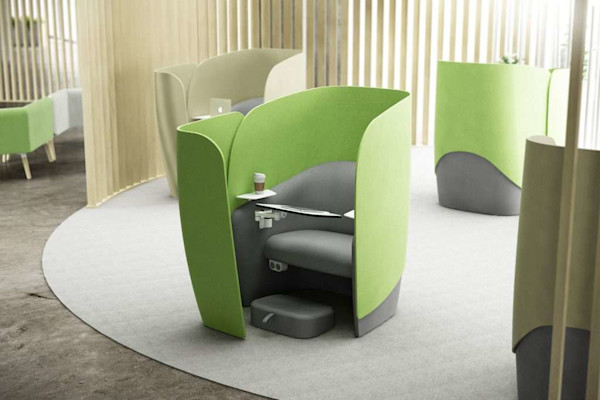
Businesses are built on teamwork. All of the moving parts need to be able to work together to create big ideas and put them into action. Many offices have created their layouts with collaboration being a predominant theme. But according to a whitepaper by Gensler, the greatest element in workplace effectiveness is not collaboration. Instead, it is individual-focused work.
Every minute that an employee spends in an unproductive or unnecessary meeting cuts into their time for focused individual work.
Whether working from home or the office or maybe somewhere in between, distractions are everywhere. And finding space and time to focus is essential. You can support work-life balance in this area for your employees by providing workspaces in the office that are ideal for one person. Whether this is a personal office or a seating area with acoustic elements to reduce the noise. Creating focused work time may be a bit harder when working from home. When you are working remotely, you are operating in an always available mode, and every email, text, and phone call is a potential deterrent to productivity. Allow your employees the freedom to set focus time and turn off notifications to really get down to the deep thinking work.
Encourage Breaks
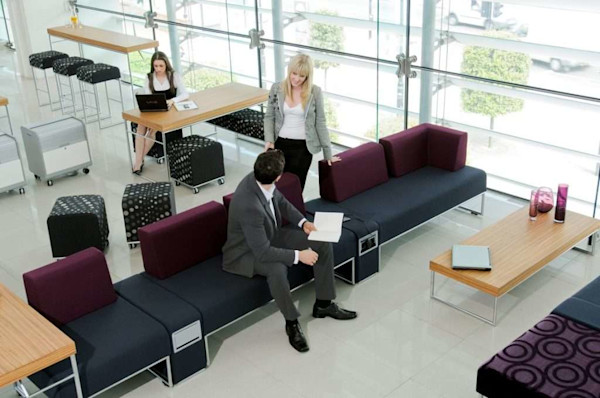
Believe it or not, including breaks throughout the day increases productivity. In a study conducted by Draugiem Group, a computer application was used to track employees’ work habits. It was looking to track the amount of time spent on a task and the employee's productivity. But what they found instead was that those employees who took frequent breaks consistently outperformed their peers who didn't take breaks. Even though the break takers were working for less time overall. Support work-life balance in workers at home and at the office by encouraging frequent breaks throughout the day. The study found that the brain works most efficiently with an hour on and 15 minutes off. Not only is this break good for productivity, but it helps keep employees more engaged and satisfied with their work.
Vacation Time Helps Restore Work-Life Balance

Most companies give vacation time to their employees. But many employees don't take their vacation time or, while they are on vacation still have trouble stepping away from work. Consistently working long hours and not taking time away can take a toll on your employee's health and their relationship. In fact, men who did not take a vacation for several years had a 30 percent higher chance of developing heart disease. And it isn't just men. Women who vacationed less were 8 times more likely to develop coronary heart disease or have a heart attack.
The greatest element in workplace effectiveness is not collaboration. Instead, it is individual focus work.
Support work-life balance by not just giving the vacation time, but assisting your employees with making that vacation actually happen. This could mean ensuring that you have the staff to support their workload or increasing company-wide cross-training. Designate a person to respond to any urgent emails that come in during the vacation so that the employee can really step away from the day-to-day work.
Help your Team Prioritize
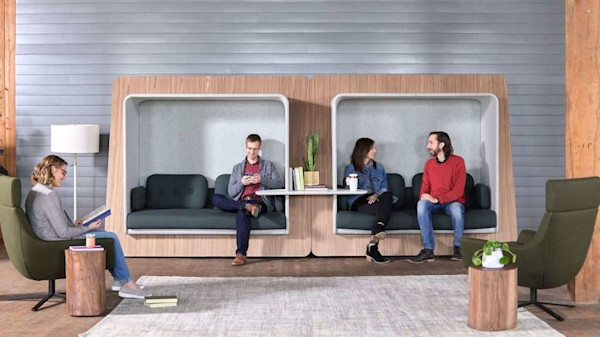
In many industries, the workforce is consistently shrinking. The Great Resignation is here, and hiring is a challenge. On the other hand, the workload has stayed the same, or in many cases grown. Employees who have remained with the team are under more stress than ever before. If you find yourself constantly waiting for crucial work to get done, yes it is because your team is busy, but your team might not know what work is most pressing to you.
These misunderstood priorities often lead to late nights and today's work bleeding into family time.
For employees, these misunderstood priorities often lead to late nights and today's work bleeding into family time. You can support work-life balance by aligning priorities. Work with your team from top to bottom on aligning priorities with company goals. Once aligned, consistent and ongoing communication is key. Check in with your team at the beginning of the week and communicate your top three priorities. Mid-week, talk to your team again to see what roadblocks or barriers they are facing and how you might help. The workplace has gone through a major transition. This time has caused many organizations to step back and reevaluate how they work. If we could change from being in the office to working remotely overnight, we can take steps today to improve the work-life balance for our employees. Pick one item from our list to work on. You might be surprised at the effect it can have on your entire team. Looking to redesign your office space? StrongProject can help. Three Office Design Improvements To Create a Work-Life Balance A Healthy Office is a Happy Office



